Bubbles and Electricity Designed to Deter Invasive Carp From Lake Michigan
Des Plaines River is a site of new impediments to voracious species
By Vladislava Sukhanovskaya, Circle of Blue – July 11, 2023
A coalition of organizations is developing an innovative and expensive engineering project at the 96-year-old Brandon Road Lock and Dam on the Des Plaines River south of Chicago to block invasive carp from reaching Lake Michigan.
The $1.146 billion project, paid for with 90 percent federal and 10 percent state funds from Illinois and Michigan, is meant to help prevent catastrophic damage to the $7 billion Great Lakes fishery, and untold disruption to the $15 billion boating industry, according to authorities.
But addressing the need for a better barrier at the Brandon Road Lock and Dam could fix one potential carp entry point.
There are at least 18 other connections between the Mississippi River basin and the Great Lakes for aquatic invasive species to get it that were identified by the Great Lakes and Mississippi River Interbasin Study.
The study assessed pathways and gave a level of risk to each of them in 2013. Since then, connections such as Eagle Marsh in Fort Wayne, Indiana, and Ohio-Erie Canal at Long Lake were closed with barriers.
18 aquatic pathways between the Great Lakes and Mississippi River basins – Great Lakes and Mississippi River Interbasin Study
One of the common efforts that all the agencies are pursuing is fishing the invasive species out and educating people about things such as cleaning boats before entering a new body of water.
Engineers are adding new impediments to the electrical barriers now in place at the Brandon Lock to block fish that grow to four feet and 100 pounds. But the existing barriers are only effective on fish that are six inches or bigger, said Scott Whitney, chief of project management at the US Army Corps of Engineers.
The new barrier will produce sound, electricity, a first-of-its-kind locking mechanism to flush lifeforms out of the river, and a “bubble curtain” – a wall of bubbles – to block carp. The intent is to prevent damage to Pacific salmon, lake trout, walleye and whitefish fisheries that are among the most lucrative sectors of the Great Lakes recreational economy.
“Remember the movie ‘Jaws’?” said Whitney. “In this underground viewing chamber, they had this bubble curtain going in front of the wall thinking that that would stop Jaws from penetrating. But in this case, we’ve shown in the laboratory that bubble barriers can be very effective in keeping fish from moving through them.”
He explained that fish species will see the bubble curtain and swim beneath it. Additionally, silver carp “have a very unique connection between the inner ear and their swim bladder, that creates an echo chamber and that echo chamber reacts to a negative noise. That’s why they jump in the air and hit people in boats.”
The risk of ruining Great Lakes fisheries has its genesis in human ingenuity that turned out to be anything but genius. The three species of invasive carp – bighead carp, silver carp, and grass carp – that could ruin Great Lakes fisheries were imported to the United States in the 1970s as a method to control nuisance algal blooms in wastewater treatment plants and aquaculture ponds, as well as for human food. They grow quickly and are capable of outcompeting other fish for food, according to the Great Lakes Fishery Commission.
The second mistake was made 70 years before when engineers spent $30 million ($1 billion in current dollars) to reverse the flow of the Chicago River, turning it from emptying into Lake Michigan. Instead, the filthy water and floating carcasses of dead livestock were directed to the Mississippi River basin.
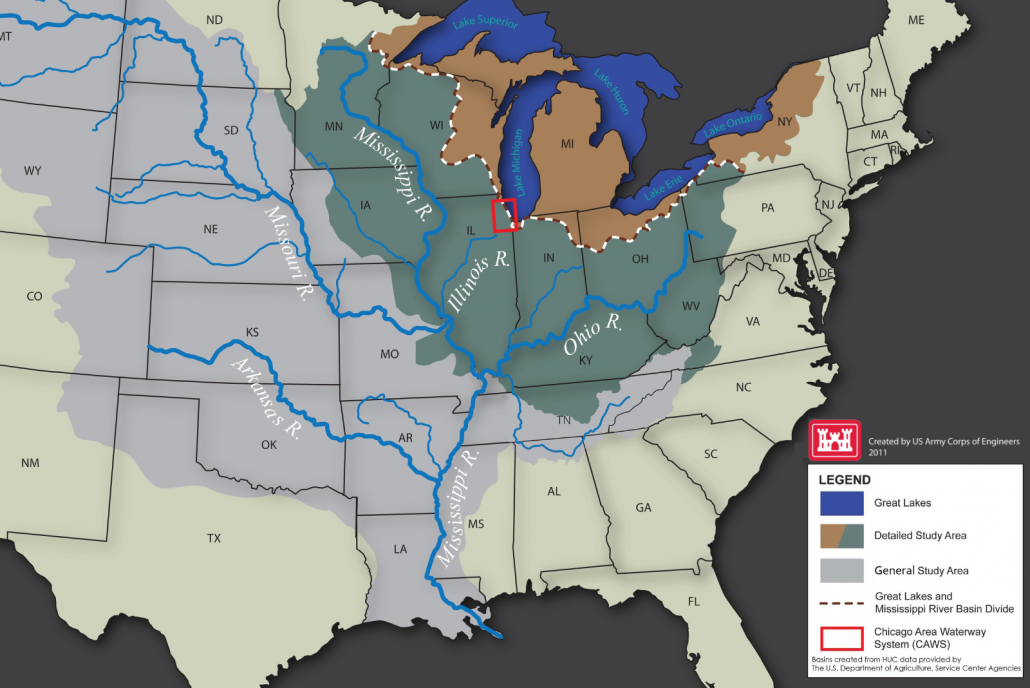
How Great Lakes and Mississippi River basin are interconnected – GLMRIS map
The reverse flow connected the Mississippi River basin and the Great Lakes, establishing a backdoor for invasive species including carp.
The center of the country provided a perfect feast for the voracious carp to expand their range and their numbers. Female carp are capable of producing up to 1 million eggs per year. “They all grow quickly to large sizes, which kind of precludes them from predation at a relatively young age,” said Peter Alsip, an ecological modeling data analyst for the University of Michigan’s Cooperative Institute for Great Lakes Research.
“We were working at night. You could hear them jumping around us, but you couldn’t see. And then one just popped out of nowhere and jumped right at me.”
He added, “I’ve been hit once in the back.”
“Look at what happened in the Illinois River and certain stretches of the Des Plaines River,” said Marc Smith, policy director at the National Wildlife Federation. “They’ve pushed out the native fish species. And in some stretches of the river, they have a 90% biomass in those rivers.”
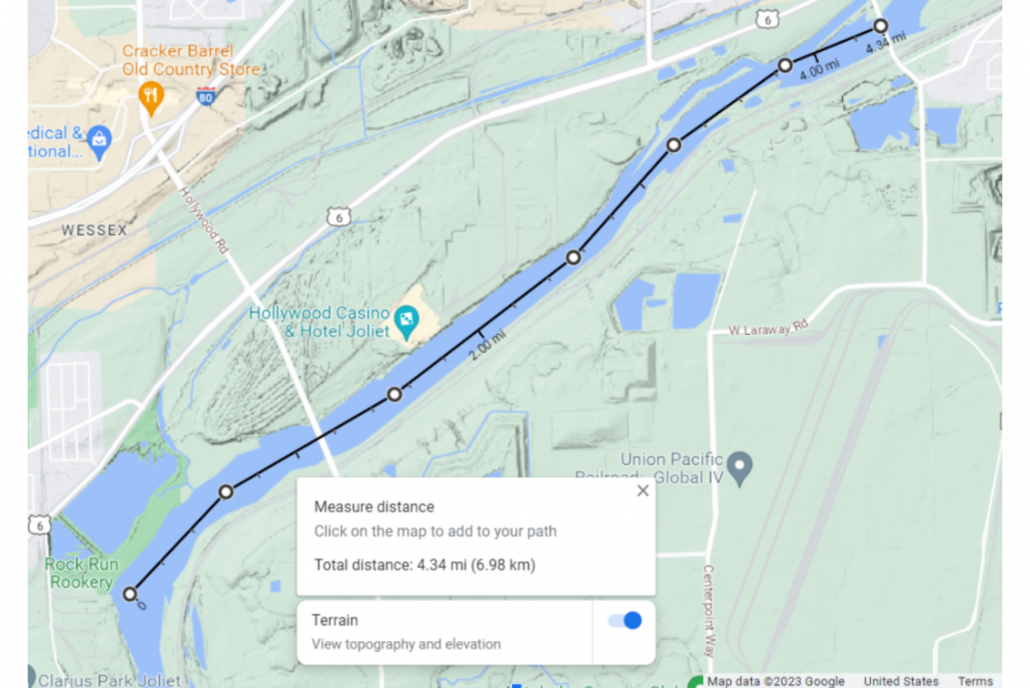
Distance between the Rock Run Rookery, where the silver and bighead carp were found, and the Brandon Road Lock and Dam – Google Maps
“I’ve heard stories of where they’ll swim out of the water and eat grass that’s along the shoreline,” added John Navarro, a program administrator at the Ohio Department of Natural Resources.
Grass carp are already swimming in Lake Erie. In Ohio, the Department of Natural Resources is fishing grass carp out and collecting eggs, said Navarro.
The main spawning point for them is the Sandusky River with 167 grass carp in 2020, according to a study by the University of Toledo.
To eradicate grass carp in Lake Erie, the Department of Natural Resources proposed a behavioral barrier with a bubble barrier and acoustic deterrents in the Sandusky River.
- Occurrence of grass carp – Invasive Carp Action Plan 2023
- Location of grass carp, Sandusky River, Ohio – the ODNR
- A behavioral barrier with bubble wall and acoustic deterrents in the Sandusky River, Ohio – the ODNR
Grass carp occurrence in the US and Ohio rivers with a proposed behavioral barrier to prevent carp from keep getting onto the Lake Erie
The DNR’s strategy is working so far. “We’re not seeing impacts now,” Navarro said.
The Brandon Road project is in the last stage of design. In addition to the bubbles and sound barriers, the project will have an automated barge-clearing deterrent.
“It’s creating this turbulence in the middle of the bar, that forces material out to the sides, and lots of current takes it away,” said Whitney. “So any eggs, any detritus, any material that can carry floating life forms or life forms attached to another material are pushed out before it gets into the chamber.”
Brandon Road Project Features – the Corps of Engineers’ review plan
After that, the flushing lock forces any water that’s in there, down and out of the chamber before the barge comes in.
“When you’re doing a kitchen remodel in your house, you need to have the architectural designs done first, before you start coming in and demoing and putting in new cabinets. So that design has to be done first. And we’re almost done with that,” said Smith.
The next step is signing a product agreement between the Corps of Engineers and the State of Illinois to start construction, which would take six to seven years.
“One of the last remaining hiccups in finalizing this project is ensuring access to the parcel of property adjacent to the lock. The State of Illinois is responsible for engineers having access to this part of the property to help in the construction,” Smith said.
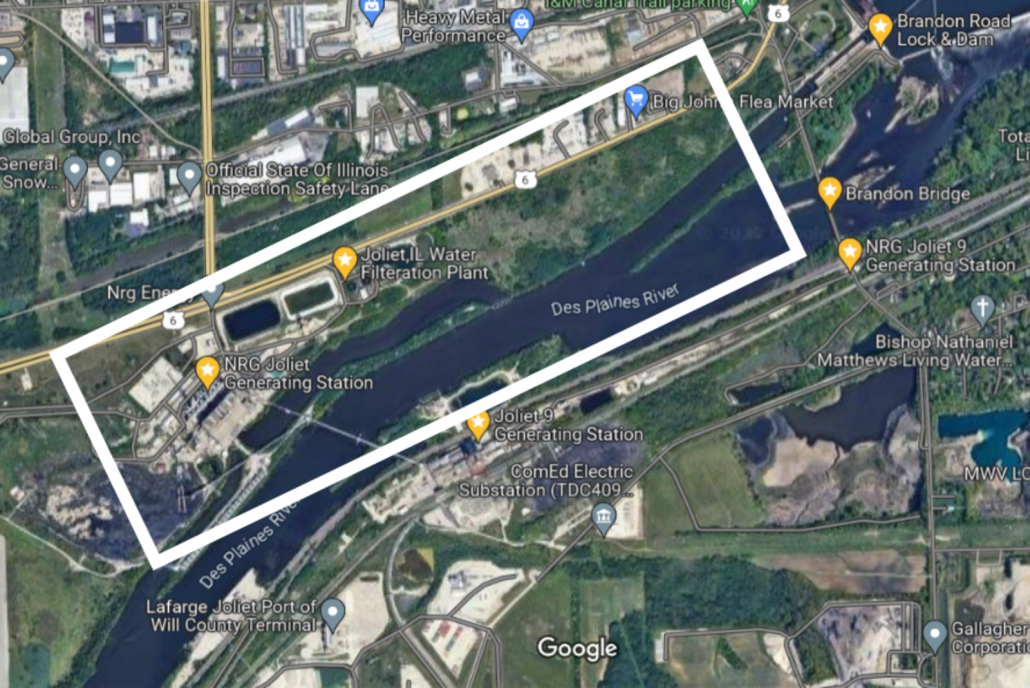
Locations of the Brandon Road Project and Joliet stations owned by Midwest Generation, and approximate territory with access needed
According to Ashtracker, a website of the Environmental Integrity Project, one of the sites, an electrical generating station, is contaminated with cobalt, manganese, sulfate, antimony, nickel, cadmium, and lead.
“This property – owned by Midwest Generation – is more than likely contaminated with various substances. However, it is our hope that the US Army Corps of Engineers and the State of Illinois can find a solution to this and advance this project across the finish line. Invasive carp continue to swim towards the Great Lakes and we can’t afford further delay,” Smith said.
Vladislava Sukhanovskaya has two degrees in journalism. She covered health and environmental topics for Capital News Service, the Great Lakes Echo, and Circle of Blue. Vladislava was an editor for the Sober One media which helps people with addictions to recover. She is also the founder and producer of a podcast about evidence-based medicine, well-being, and sex “Nauka v Ladoshke”.

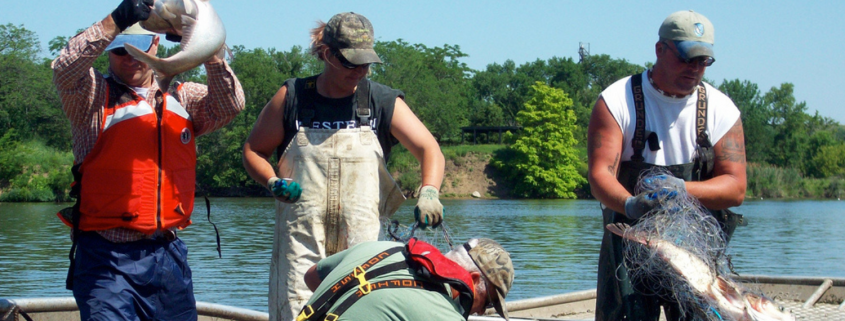
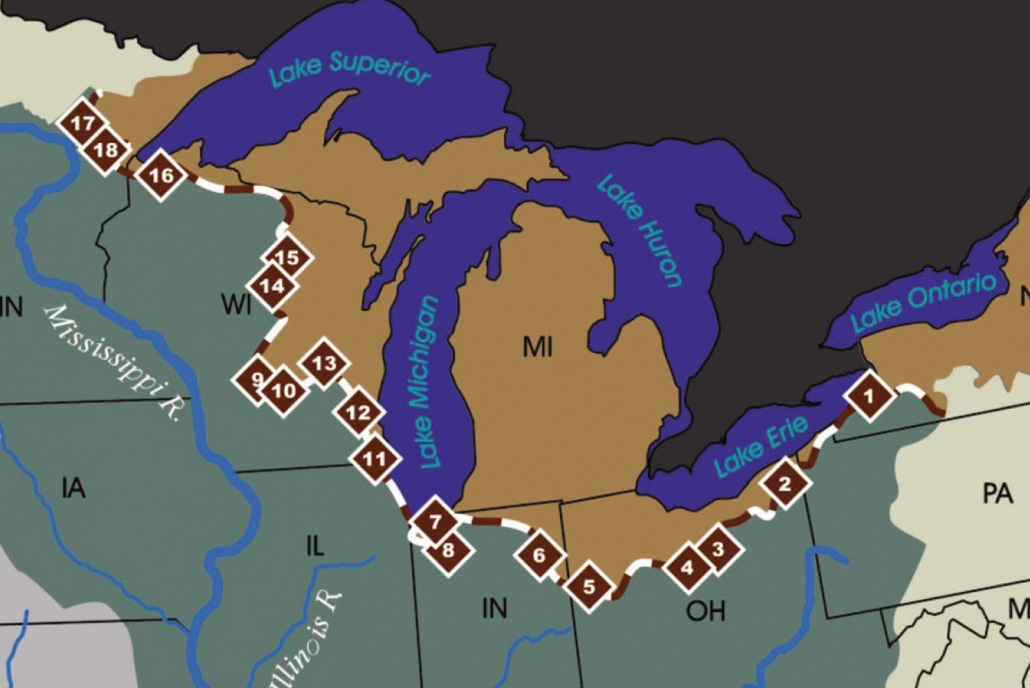
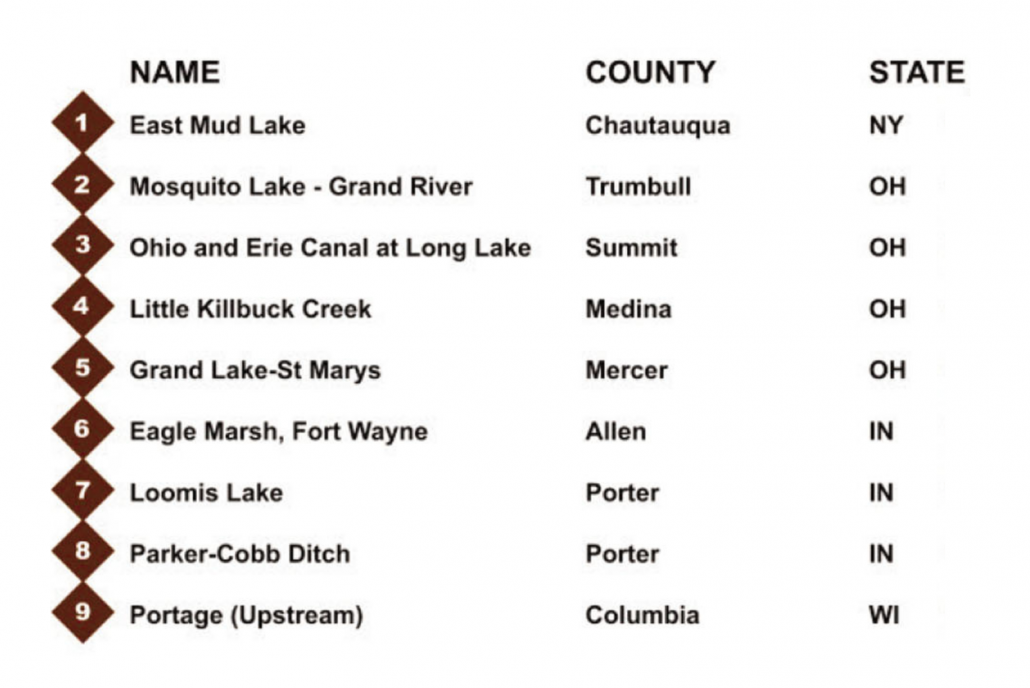
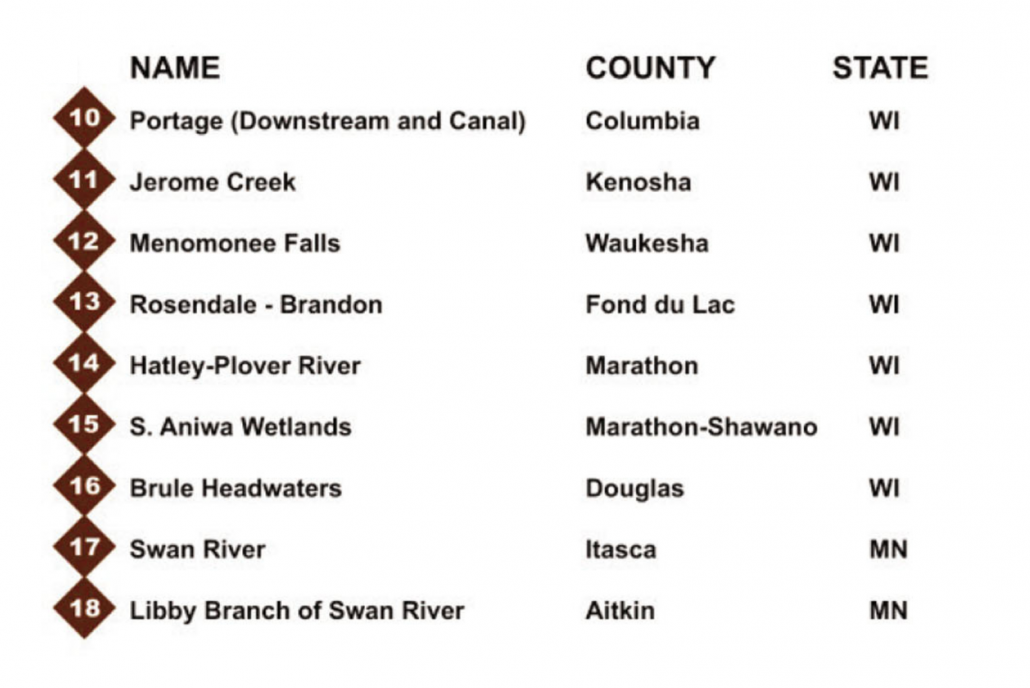
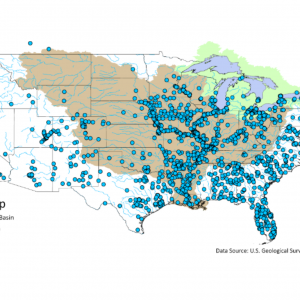
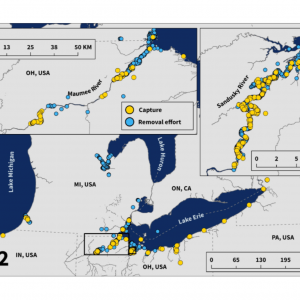
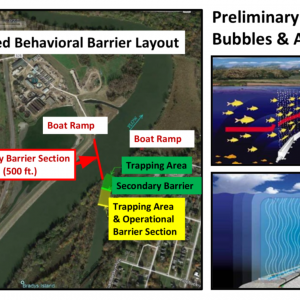
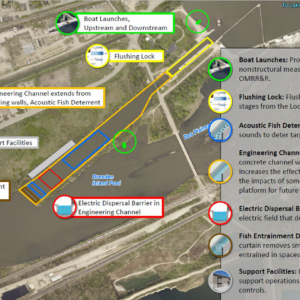
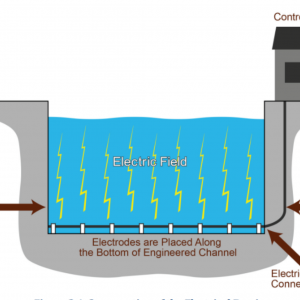

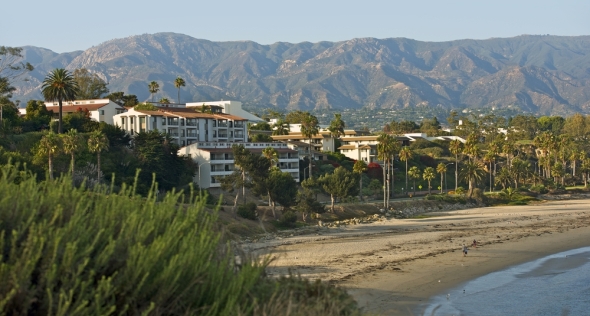

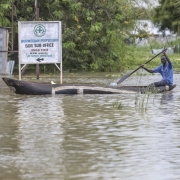






Leave a Reply
Want to join the discussion?Feel free to contribute!